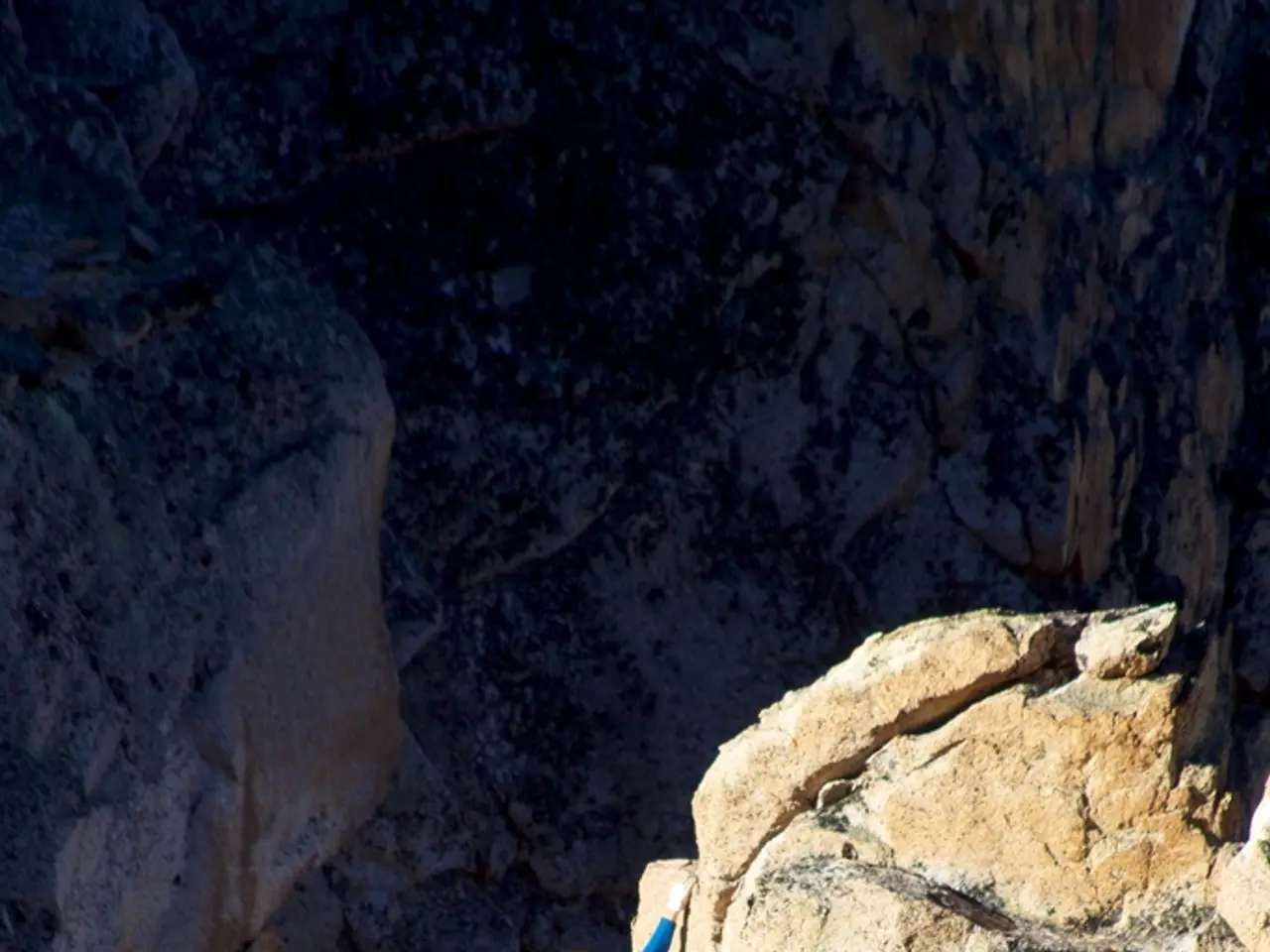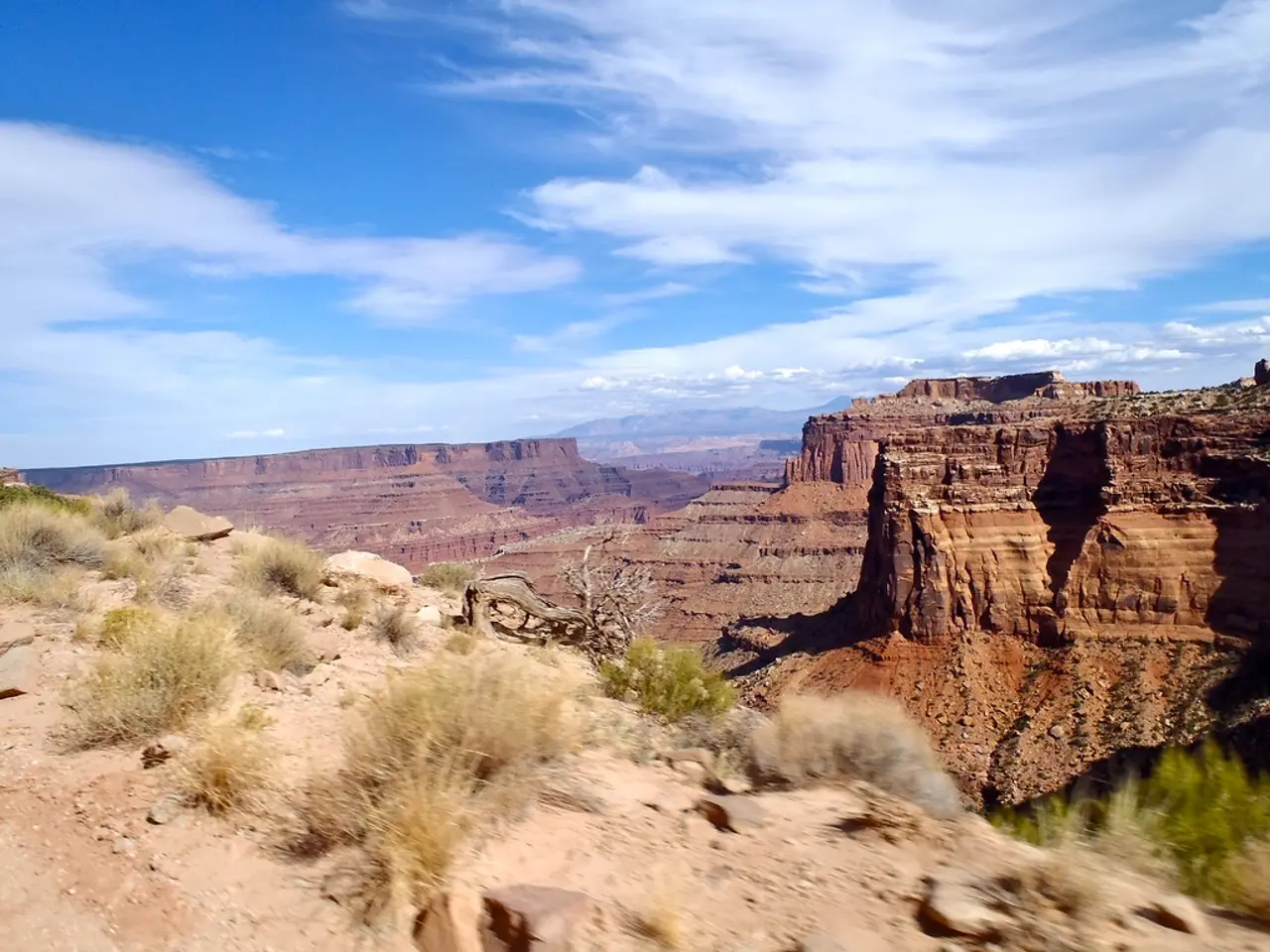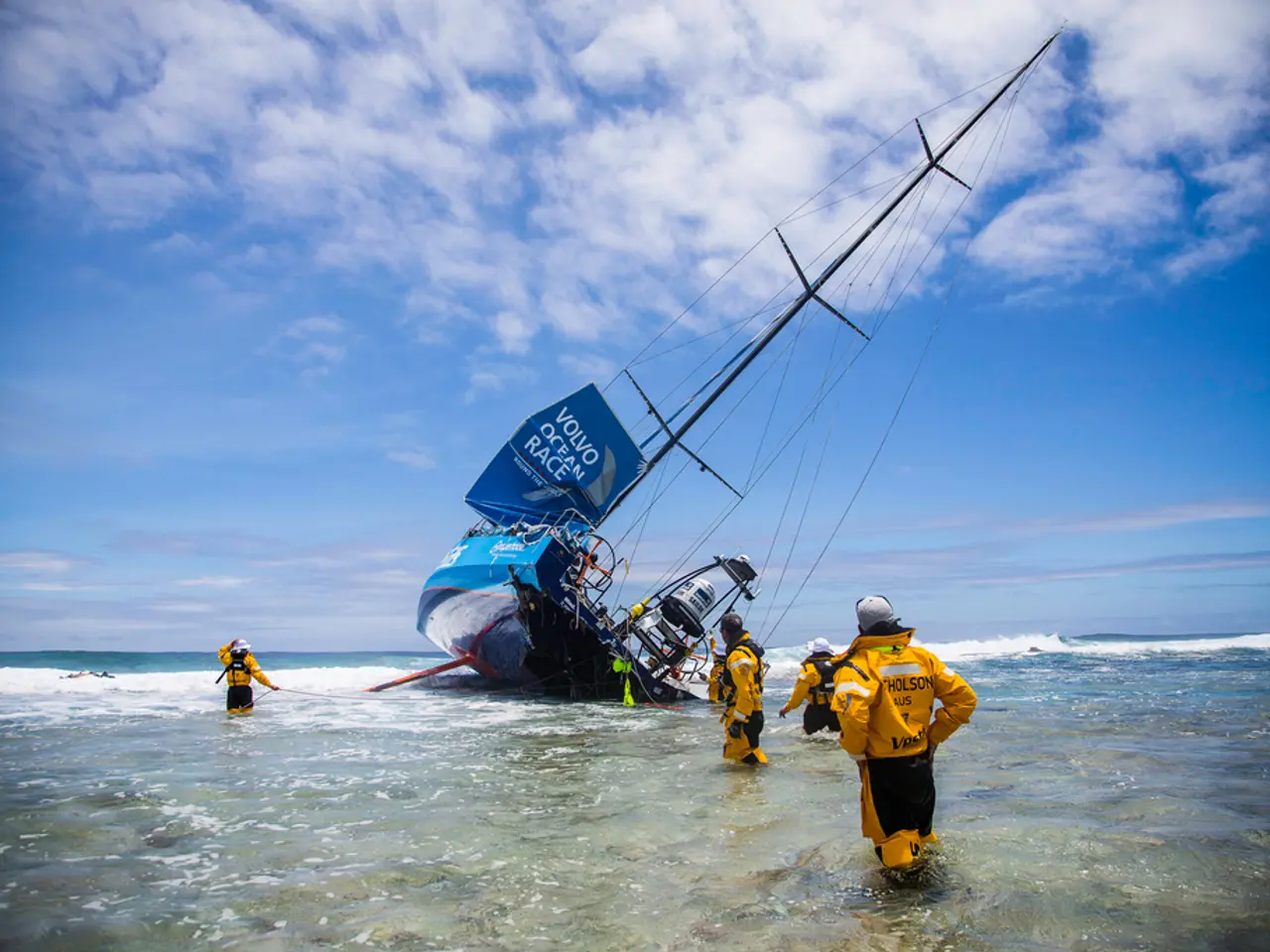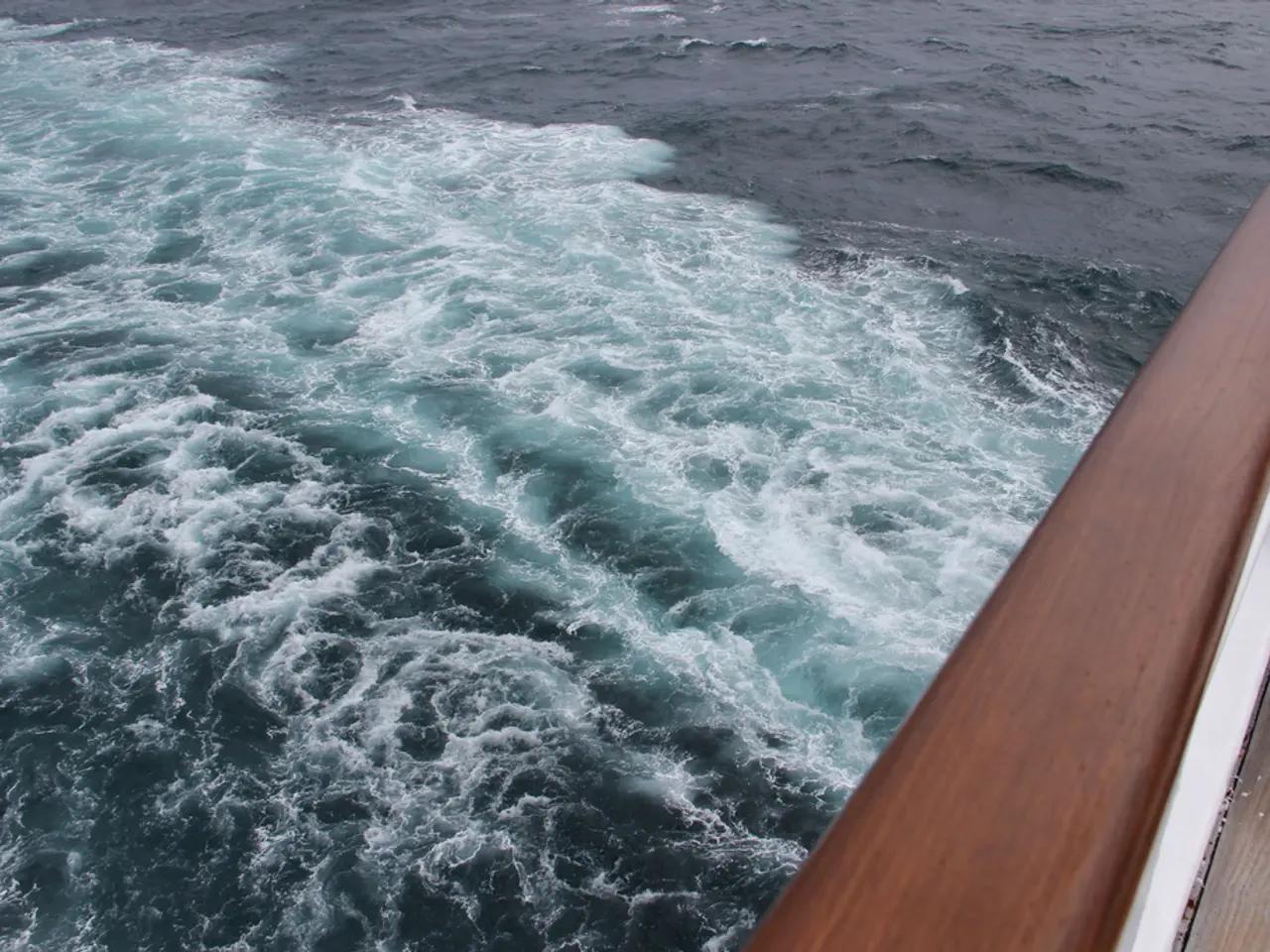Most Perilous Peaks to Conquer (Competition Offered by 14 Other Steep Summits)
## Most Deadly Mountains to Conquer: A Closer Look at the World's Most Perilous Peaks
Some mountains, shrouded in danger and steeped in history, pose exceptional challenges to even the most seasoned climbers. These peaks, located across the globe, have claimed numerous lives due to their extreme altitude, technical difficulty, and unpredictable weather. Here is a closer look at some of the world's most deadly mountains.
### Annapurna I
With a staggering fatality rate of approximately 32 deaths per 100 successful summit attempts, Annapurna I in Nepal reigns as the deadliest mountain among the world's 8,000-meter peaks. Climbers face complex ice and rock sections, frequent avalanches, and rapidly changing weather, as well as severe altitude sickness and the risk of crevasses and seracs. Despite the first ascent being accomplished without fatalities, the mountain has proven deadly, especially on later attempts.
### K2
Known as the "Savage Mountain," K2, the second-highest mountain in the world, has seen about 96 deaths for roughly 800 successful summits, a fatality rate of around 12%. Steep, highly technical terrain, frequent avalanches, rockfall, and notoriously fickle weather make K2 one of the most challenging climbs. The mountain offers little room for error, and even small mistakes can be fatal. Major disasters, such as in 1986, 1995, and 2008, have cemented K2's reputation as one of the deadliest mountains.
### Nanga Parbat
Nicknamed the "Killer Mountain," Nanga Parbat in Pakistan boasts a death rate of over 20% per successful summit, making it one of the deadliest eight-thousanders. The mountain is prone to massive landslides, avalanches, and extreme weather. Its isolation and technical climbing requirements add to the risk.
### Other Notably Dangerous Peaks
- Dhaulagiri I, located in Nepal, has a fatality rate of about 15.4%, due to its remoteness and harsh conditions. - Kangchenjunga, situated on the Nepal-India border, has a fatality rate of 16%, with dangers including avalanches, hidden crevasses, and the effects of extreme altitude. - Manaslu, in Nepal, has a fatality rate of nearly 10%, attributed to avalanches, crevasse falls, and unstable snow conditions.
### Mount Everest
Although Everest is less deadly per successful summit (around 3.9%), its high traffic leads to a large absolute number of deaths—over 340 as of 2024. Altitude, weather, and objective hazards such as avalanches and the “death zone” above 8,000 meters are significant threats. Crowding and inexperienced climbers have also contributed to recent tragedies.
## Key Factors That Make These Mountains Dangerous
- **Technical Difficulty**: Steep, ice-covered slopes, mixed rock and ice, and challenging routes require advanced climbing skills. - **Unpredictable Weather**: Sudden storms, high winds, and heavy snowfall can trap climbers. - **Avalanches and Rockfall**: These are common and often fatal. - **Altitude Sickness**: The “death zone” above 8,000 meters poses severe physiological risks, including hypoxia and cerebral or pulmonary edema. - **Remote Location**: Difficult access complicates rescue efforts and evacuation.
## Comparison Table: Fatality Rates on Major 8,000-meter Peaks
| Mountain | Estimated Fatality Rate (%) | Main Dangers | |-----------------|----------------------------|-------------------------------------------------| | Annapurna I | 32 | Avalanches, weather, technical terrain[1][2] | | K2 | 12–13.7 (historical) | Steepness, avalanches, weather[1][2][3] | | Nanga Parbat | 20.3 | Landslides, avalanches, isolation[2] | | Dhaulagiri I | 15.4 | Remote, harsh conditions[2] | | Kangchenjunga | 16 | Avalanches, crevasses, altitude[2] | | Manaslu | 9.8 | Avalanches, snow instability[2] | | Everest | 3.9 | Altitude, weather, crowding[2][3] |
## Summary
Annapurna I, K2, Nanga Parbat, Dhaulagiri I, Kangchenjunga, Manaslu, and Everest are the world's most dangerous mountains for climbers, due to their technical climbing challenges, unpredictable weather, high altitude, and objective hazards. These peaks pose exceptional risks for mountaineers worldwide.
*Kangchenjunga, Nepal-India Border, is the third-highest mountain in the world, known for its bad weather, avalanche-prone slopes, and limited rescue services due to its remote location.*
*Gasherbrum I, Pakistan-China Border, also known as Hidden Peak, has a high fatality rate due to technical climbs and the risk of falling rocks.*
*Dhaulagiri, Nepal, has steep slopes and an unpredictable weather system, making it dangerous with high fatality rates among summit attempts.*
*Shishapangma, China's 14th-highest mountain, is often underestimated, but its southern routes are prone to avalanches and sudden weather changes that have trapped climbers unexpectedly.*
*Mount Everest, Nepal-China Border, despite being the tallest mountain in the world, remains a dangerous mountain due to altitude sickness, overcrowding, and unqualified climbers. While it has many successful ascents, it's also home to many bodies that remain on the mountain.*
*Siula Grande, Peru, is one of the most dangerous mountains to climb, due to unpredictable storms, a remote location, and sheer ice faces, making it particularly hazardous for inexperienced climbers. It gained fame from Joe Simpson's survival story in "Touching the Void."*
*Manaslu, Nepal, though often called an "easier" eight-thousander, has seen numerous deaths from avalanches and extreme weather, often due to climbers underestimating its danger.*
The technological advancements in mountaineering equipment, such as better climbing gear and communication devices, have reduced the risks on these treacherous peaks but have not eliminated the risks entirely.
In an attempt to mitigate environmental impacts, some extreme sports enthusiasts advocate for the implementation of stricter regulations and more sustainable practices during mountain expeditions, particularly regarding waste disposal and resident wildlife protection.








